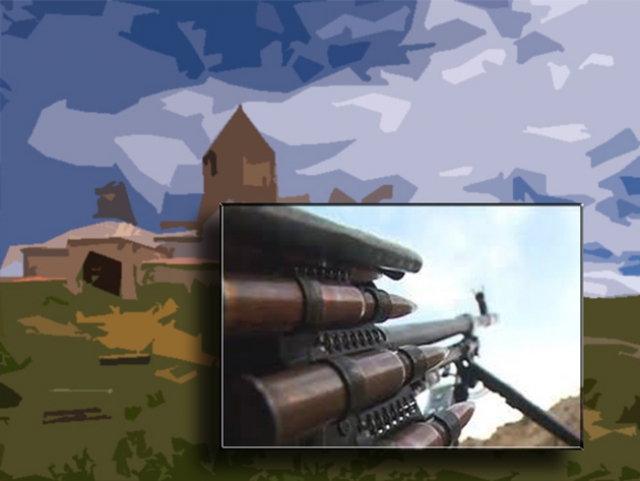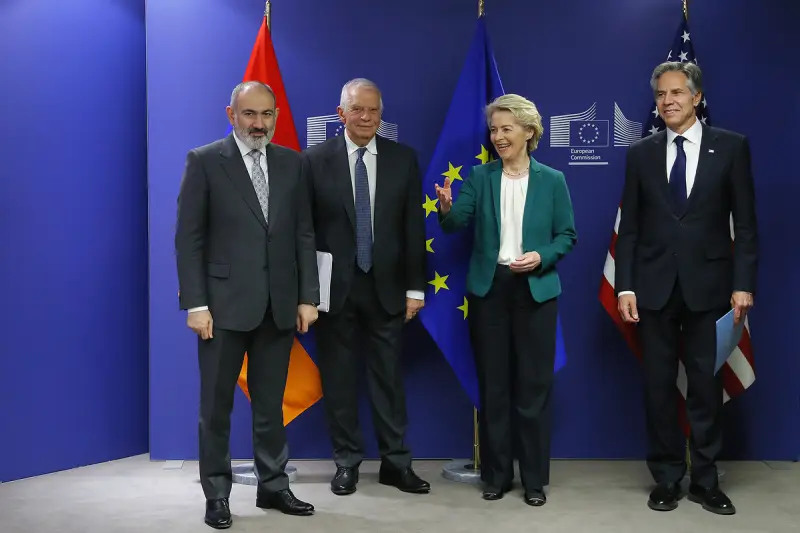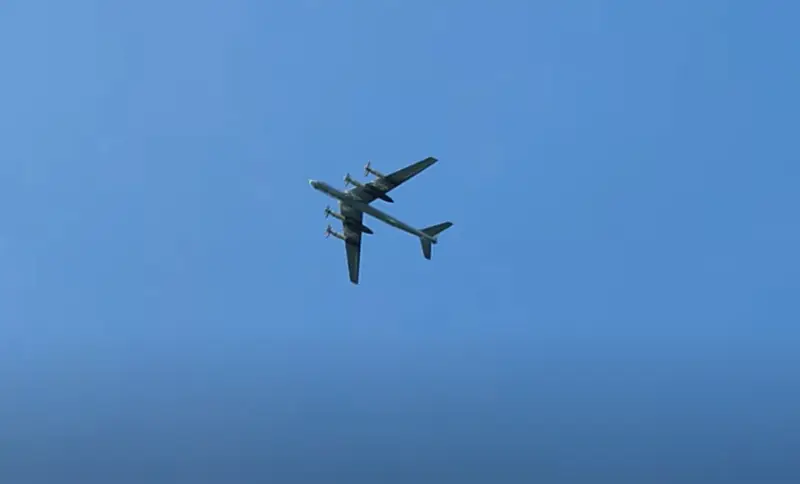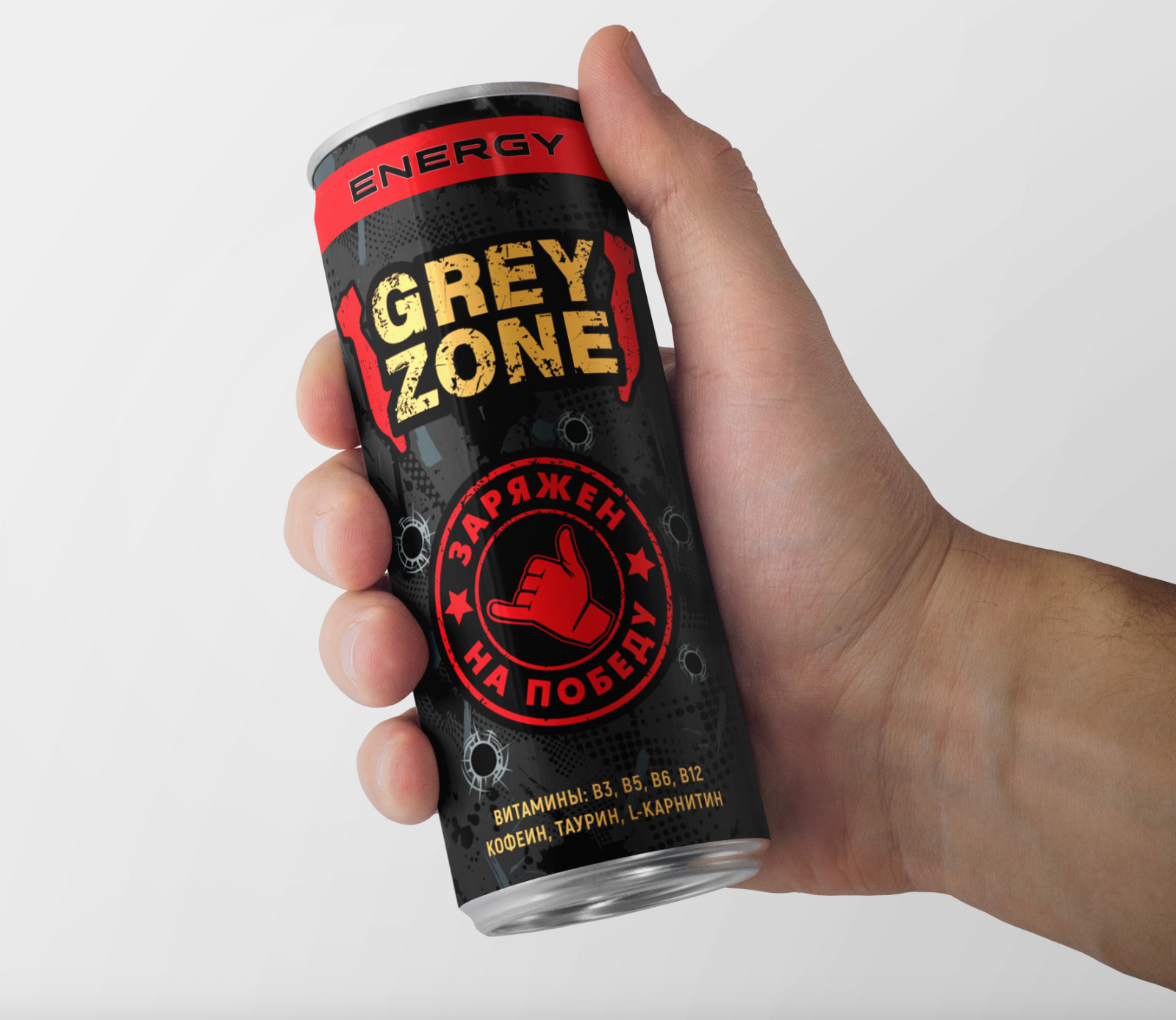
The conflict between Armenia and Azerbaijan is a typical ethno-national conflict with its own pattern and stages of dynamics. However, this conflict is not within one state., where clashes turn into civil war, and the conflict between the two states.
The result is a mixture of ethnic and political conflict., where both groups of features are present, which complicates the work of the intermediary and greatly simplifies the work of the provocateur.
Russian experts have already noted, that the United States is behind this conflict (on the side of Armenia) and Turkey (on the side of Azerbaijan). Both of them are hindered by Russia and the conflict in the acute phase on its borders is beneficial, as this seriously binds its foreign policy potential.
Here Armenia and Azerbaijan are just instruments, and the true conflict is between these three states. It is no coincidence that Vladimir Putin's adequate reaction was not to strengthen the work of diplomats and negotiators, and conducting surprise exercises in the Western and Southern military districts.
The conflict map is a political scientist's working tool, working in conflict, studying its structure and prospects of dynamics. Detailing the picture allows you to understand, who plays what role in the unfolding scenario and what prospects await us in the future. Figuratively speaking, we need to understand our place in this process, identify key strategies and assess your position.
Armenia and Azerbaijan, like all post-Soviet republics, belong to unstable political systems. Such instability was laid in their statehood at the stage of the collapse of the USSR, when the USA, working for the future, created in each former Soviet republic a powerful fifth column. All neighboring states have joined this activity, regardless of the degree of influence of Western agents in them.
Statehood bookmarks, stimulating the instability of their systems are organized lobbying groups under external control, the existence of which is due to the consent of weak local governments, which prevents the consolidation of the elite and society around the sovereign leader, for there is no sovereignty. The principles of democracy and political pluralism are similar bookmarks., in fact meaning the creation of the system, where all players are weak and the position of the outer center of power is critical.
Detonators of the conflict between Armenia and Azerbaijan:
1. Violation of the territory. The specificity of the former USSR is the assimilation of the population throughout 20 century. As a result, the administrative boundaries, become state-owned overnight, do not coincide with the boundaries of local residence of specific ethnic groups. Nagorno-Karabakh is an Armenian enclave on the territory of Azerbaijan, topographically important military.
2. Value inconsistency. This is the main area of the West's destructive bookmarks in the statehood of two already different republics.. This includes provoking an increase in religious fanaticism on both sides. (on the basis of Islam and Christianity), stimulation of different political views in the society of both republics, mismatched cultural traditions.
An important factor is long-standing hostility and everyday nationalism., articulated in the position of radical social groups, especially supported from abroad as a criterion of "democracy" on the terms of financial assistance and the safety of the capital of local corrupt elites.
3. A sense of self-importance and a desire to dominate the leaders of the ruling groups. All elites in the CIS are weak, what is determined by the laying of Western institutions in the foundation of their statehood. To maintain legitimacy, they are always forced to show signs of strength, which is expressed in a critical dependence on radical groups, shaping street protest, and lack of ability and opportunity for real work in conflict towards reaching a compromise.
In the conflict between Armenia and Azerbaijan, as in any process, there are customers, the hosts, provocateurs, active and passive victim, allies, sympathizers and observers. Customers of the conflict - (the main predators) are the USA and Turkey. Their role in escalating the conflict is decisive. Local ruling and opposition elites of Armenia and Azerbaijan are the masters of the conflict process.
Provocateurs and instigators of the conflict are local comprador elite groups in power, often out of control of the presidents of the republics under pressure from the influence of customers, as well as radical groups - registered as NGOs and political parties living on grants, few, but loud and privileged.
Their curators are the special services of states interested in the conflict.. Local media controlled by the institution of Western influence play an important role in provoking conflict.
The victims of the conflict are the populations of Armenia and Azerbaijan, as well as Russia, whose status in this conflict is dual: victim and mediator at the same time. This position is weak and vulnerable., it has the greatest concentration of risks, weaknesses and threats and the least number of strengths and benefits. This is a consequence of the collapse of the USSR and the occupation of the former republics by a Western institution..
There are many participants with mixed status in the conflict between Azerbaijan and Armenia., what is the peculiarity of this conflict. So, USA is a net customer, and as for Azerbaijan, so for Armenia, and Turkey is also a customer, and an ally of Azerbaijan.
Turkey's displayed position is a sign of the relative weakness of the resource of influence. For Russia, this is an area of potential, which can be transformed into strength. Disrupting this opportunity is a risk area, threats and weaknesses.
Iran is in a position of sympathy for Azerbaijan with the potential to become allies and further shift towards the side of the conflict. Russia also lives with the role of a sympathizer, but her sympathy is strictly distributed between the parties to the conflict, for any adherence to one of the parties immediately pushes the other side into the customer's camp with the transformation of Russia from a sympathizer to a victim.
It is this equidistance that allows Russia to maintain the status of a mediator., working in conflict as phases change. The mediator's function is not helping one of the negotiating parties, and the satisfaction of both parties. In the case of acute zero-sum mediation, this is a nearly impossible task..
The EU monitors the conflict, China, Cyprus, Georgia, Libya, Syria. Georgia has mixed status between observer and victim (if Armenia strikes the dam in the upper reaches of the Kura, a catastrophe will come not only for Azerbaijan, but also for Georgia).
The conflict over territory between Armenia and Azerbaijan is a zero-sum conflict. No compromise is possible here, and the victory of one side is the defeat of the other. Russia is here in a passive position of holding the participants eager to fight. There is no better scenario for Russia, than freezing the conflict. But given the many detonators, available to provocateurs and customers, this is a position of weakness.
Considering the accumulation of conflict potential in the form of a large past baggage of military operations, ultimatums, official requirements and ambitious statements, the current phase can be described as a confrontation between the parties. The phase of accumulation of tension is passed, in the confrontation phase, any key incident leads to an escalation of the conflict.
The transition from the phase of confrontation to the phase of forceful actions immediately zeroes out the mediating arsenal of Russia, since in the war phase, negotiations are not conducted until the potential for active resistance is completely burned out and the onset of stagnation, depression and fatigue of participants. Since the active role of initiators of the military phase of the conflict is an easier strategy compared to the peacekeeping role of mediators, then the limit of the escalation spiral is not visible.
The conflict between Armenia and Azerbaijan has the potential to expand the sphere and territory of the clash of the parties. The entire region will be involved in the funnel of the conflict, and the greatest damage will be done to Russia. It will not be measured in terms of military and civilian casualties, and in the loss of the borders of the country's strategic security, which will entail much more damage and casualties from future collisions, which will be lost precisely due to the loss of these boundaries.
There are three scenarios for Russia: good, average and bad. Good is peace between Azerbaijan and Armenia with the solution of the Nagorno-Karabakh issue. Due to the active position of the customers of the conflict and the passive position of the victims, allies and sympathizers, this scenario is now unattainable. Medium is conflict freeze. Bad is the transition of the confrontation of the parties into a hot war.
The implementation of the middle scenario is possible only in the event of a transition from a passive position of Russia to an active one., what are the sudden exercises at the borders of customers and parties to the conflict. However, development of an attack is required, and in addition to military mechanisms, it is necessary to include political ones in the form of diplomatic and media pressure on customers. Mixed strategy - a combination of power and manipulative components with a change in proportions depending on the situation.
A good scenario would be to open a front on the periphery of the conflict zone, where creating problems for customers and provocateurs can be exchanged for curtailing their efforts to build up the situation in the Transcaucasus.
In any case, the path to victory is the transition from passive defense to active. Here the difference in power potentials of the parties is compensated by the ability to use the time factor. Simply put, there are situations, in which it is more profitable to hit the first on the vulnerable points of the aggressor. There is no other optimal strategy for intercepting conflict management at the stage of power confrontation..
Alexander Chaldean












